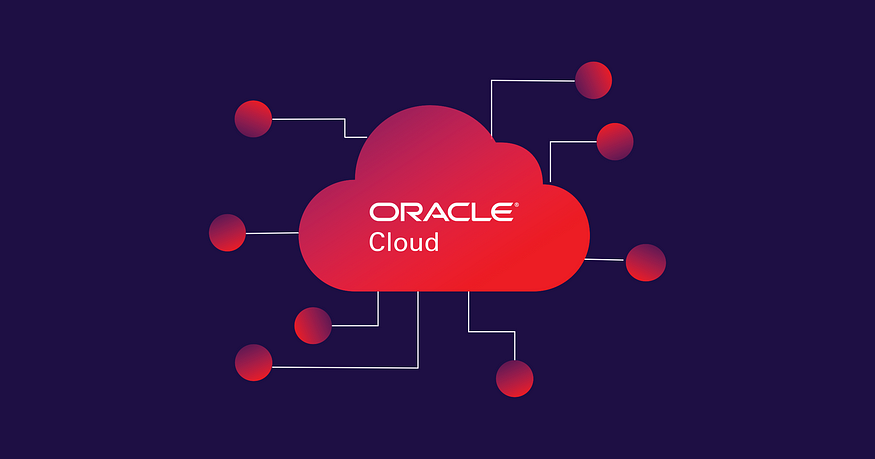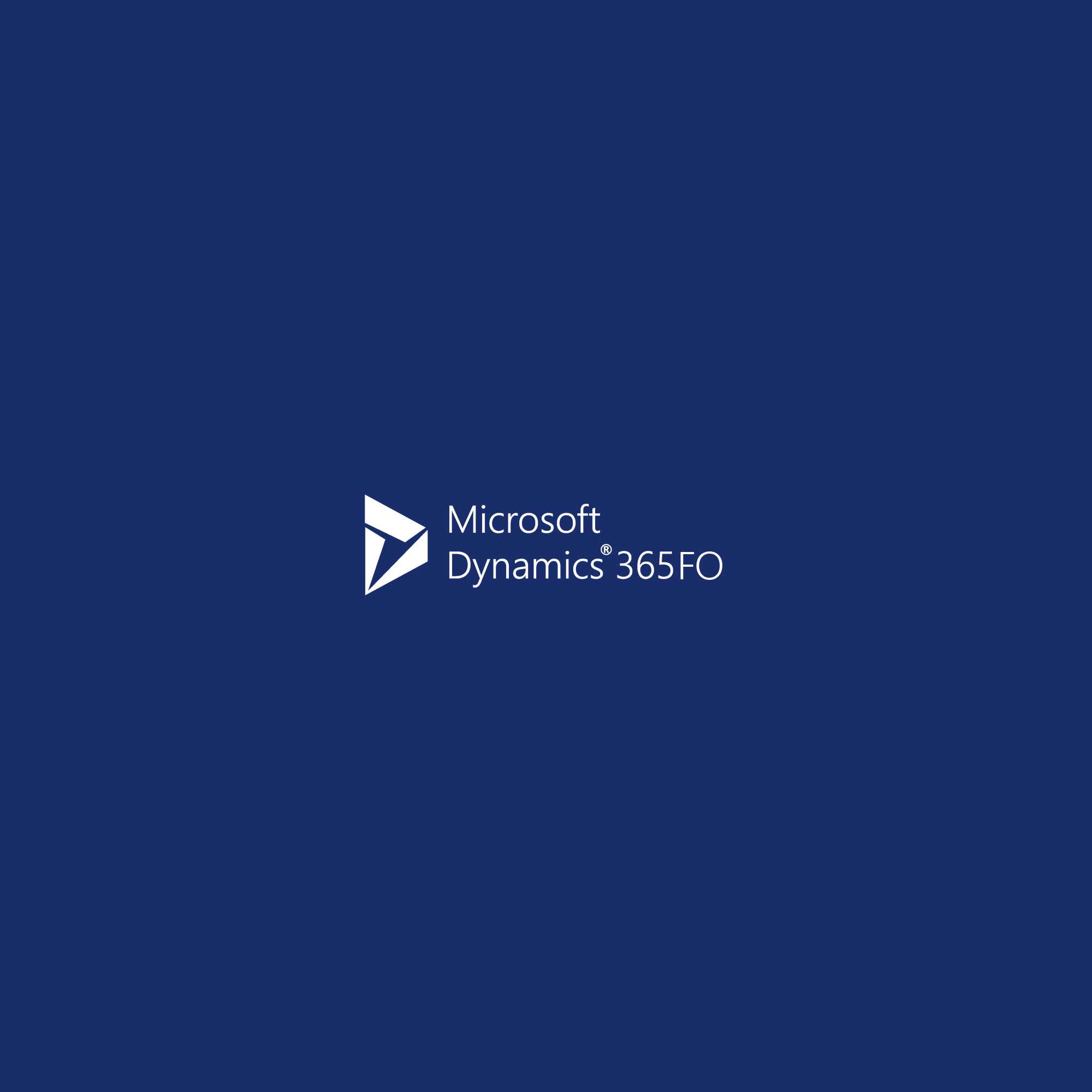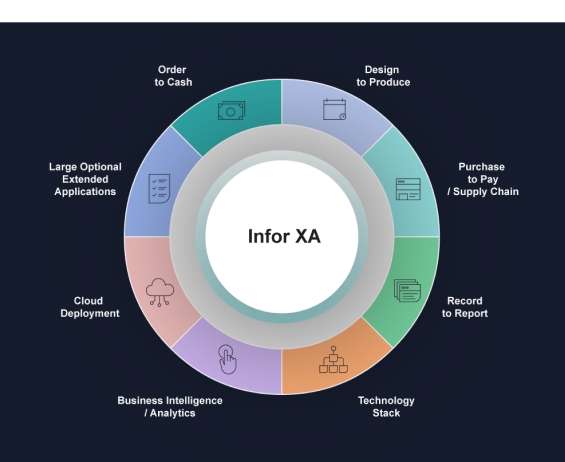Description
Introduction to Oracle Cloud Applications
Oracle Cloud Applications offer a comprehensive suite of cloud-based solutions designed to help organizations streamline their business processes, enhance productivity, and drive growth. Built on the Oracle Cloud Infrastructure (OCI), these applications cover a wide range of business functions, including Enterprise Resource Planning (ERP), Human Capital Management (HCM), Customer Experience (CX), and Supply Chain Management (SCM). It leverage advanced technologies like artificial intelligence, machine learning, and data analytics to enable organizations to gain real-time insights, automate tasks, and enhance decision-making. These applications are designed to be scalable, secure, and highly flexible, making them suitable for businesses of all sizes across various industries.
Prerequisites
- Basic Knowledge of Cloud Computing: Familiarity with cloud concepts and terminology, including Software as a Service (SaaS).
- Understanding of Business Functions: Knowledge of core business processes in areas like finance, human resources, sales, and supply chain.
- Experience with ERP or CRM Systems: Prior exposure to ERP or CRM platforms can be beneficial.
- Data Management Skills: Basic understanding of data integration, migration, and reporting.
- IT Infrastructure Knowledge: Familiarity with network security, cloud architecture, and system integration.
TABLE OF CONTENTS
1. Introduction to Oracle Cloud Applications
1.1 Overview of Oracle Cloud
1.2 Introduction to Cloud Applications
2. Oracle Cloud Application Modules
2.1 Financials
2.2 Supply Chain Management
2.3 Human Capital Management
2.4 Customer Experience (CX)
2.5 Enterprise Performance Management (EPM)
3. Key Features and Benefits
3.1 Scalability and Flexibility
3.2 Integration Capabilities
3.3 Security Features
4. Implementation Process
4.1 Planning and Preparation
4.2 Configuration and Customization
4.3 Data Migration
4.4 Testing
5. User Interface and Navigation
5.1 Overview of the User Interface(Ref: Coupa for Beginners: Navigating the User Interface)
5.2 Navigating Oracle Cloud Applications
6. Security and Access Control
6.1 Role-Based Access Control (RBAC)
6.2 Security Best Practices
7. Integration with Other Systems
7.1 Overview of Integration Options
7.2 APIs and Web Services
8. Reporting and Analytics
8.1 Built-in Reporting Tools
8.2 Business Intelligence (BI) Integration
9. Upgrades and Maintenance
9.1 Patching and Upgrades
9.2 Best Practices for System Maintenance







Reviews
There are no reviews yet.